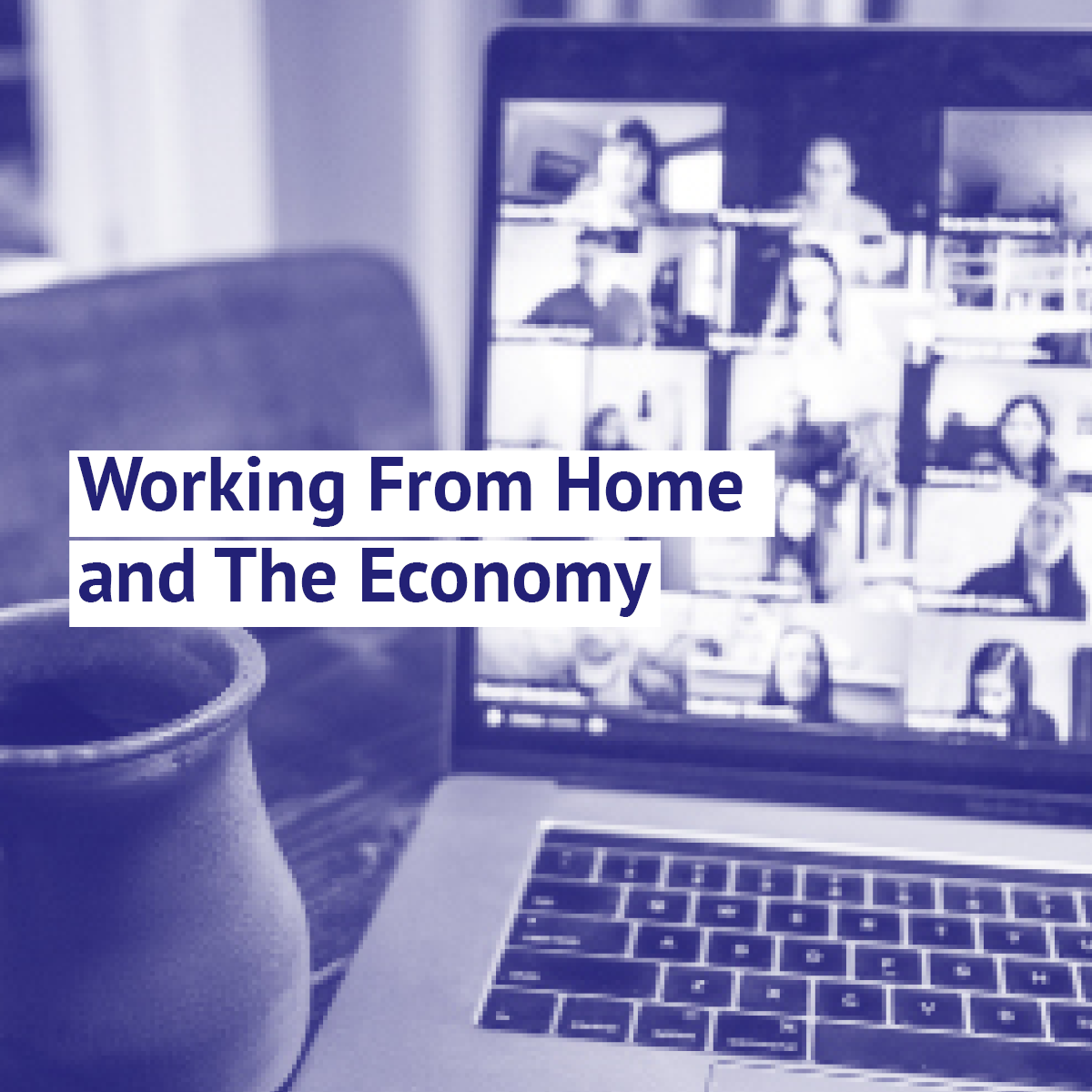
It’s no surprise that the percentage of people working from home in 2020 has increased due to the current global pandemic. We’ve given you tips on working from home, and studies show that we are likely to see much higher levels of people working from home even after the pandemic is over. It has allowed employers of all sizes to see how effective their employees can be when working from home and it has allowed their businesses to run in an all-digital platform, which is something many businesses had never seen before. This allows them to save on overhead costs while in some cases gaining productivity from their employees.
Their employees are happier and are saving money by eliminating costly commutes, not having to dress for the office and, not spending money on lunch outings. They are also able to take care of house tasks during the day and be closer to family rather than away at the office. But how has employees working from home and businesses moving over to digital platforms affected the economy?
A study done by analysts at the Federal Reserve Bank in Atlanta looked at the long-term impact of working from home. The study looked at what sectors and states were negatively impacted by a work-from-home economy. Sectors that are hurting the most include tourism, hospitality, travel, manufacturing, and agriculture. The current natural disasters aren’t helping those sectors, either. States with the largest employment impacts are Wyoming and Nevada with 62% of employees in sectors that are negatively affected by the pandemic. New York on the other hand, only sees a 42% negative employment impact, while less than 30% of jobs could be transitioned to working from home.
Working from home has also had a large impact on broadband, and brought light to rural areas of the country that have little to no broadband access. The study considered the percentage of homes that only connect to the internet by cellphone, which in some states such as New Hampshire was a low 7%, but in Mississippi, as high as 20% or more. Markets around the US vary on the availability of broadband, with anywhere between 12 and 23% of homes without a broadband subscription. This can make it tough for communities to adapt to a work-from-home economy.
Socket recently received part of Missouri’s Broadband Grant to bring broadband to rural communities, and we are very excited to build fiber out in more parts Boone, Howard, and Cole counties. We hope to alleviate the challenges that working from home can bring and hope to aid in the change of bringing broadband where it is needed most.

